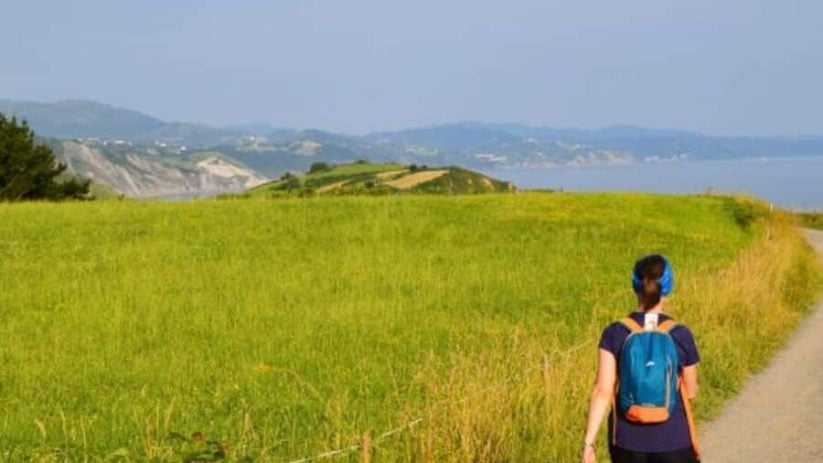Walking the Camino de Santiago is a transformative experience, with the best season to walk the Camino de Santiago varying greatly based on personal preferences. Each season presents unique advantages and challenges, making the pilgrimage a deeply personal journey. This comprehensive guide will help you determine the ideal time to embark on this historic path, taking into account the diverse conditions each season offers.
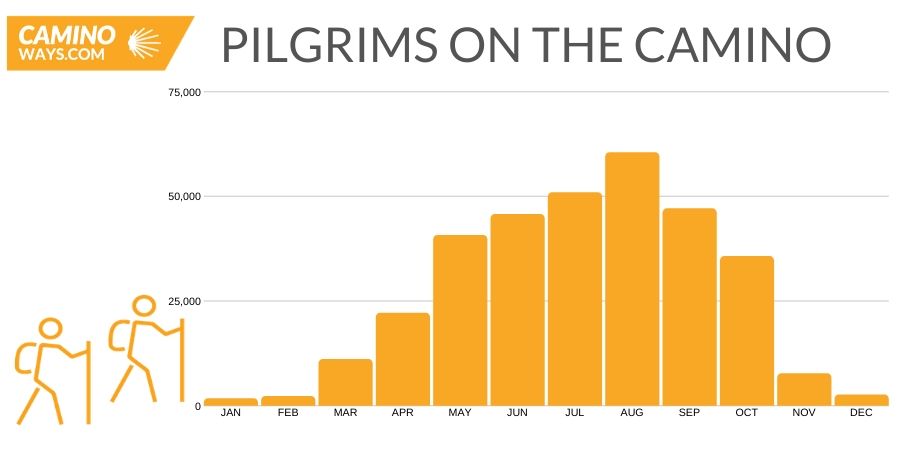
Spring: A Season of Renewal
Spring on the Camino is a time of renewal and growth, making it a wonderful season to embark on the Camino de Santiago. As nature awakens from its winter slumber, the landscapes come alive with vibrant colours and fresh blooms. The weather begins to warm, creating pleasant conditions for walking. However, spring can also bring unpredictable weather, so it’s essential to be prepared for a mix of sunshine and rain.
In March, the onset of spring brings milder temperatures, but the weather can be unpredictable with a mix of sunshine, rain, and occasional cold snaps. The increasing number of pilgrims, especially as Easter approaches, creates a lively atmosphere. This month is ideal for those seeking solitude with improving weather conditions. The Camino del Norte offers stunning coastal views with spring blossoms.
April features mild temperatures with frequent rain showers, often referred to as “April showers.” Significant increases in pilgrims, especially around Easter, lead to a bustling atmosphere. This month is characterized by beautiful landscapes with wildflowers and lush greenery. The Camino Francés is popular for its vibrant Easter festivities. For more details, explore Places to Experience the Camino at Easter.
May presents warm and pleasant weather, making it one of the best months for walking. There is a steady flow of pilgrims, creating a sociable but not overcrowded environment. This is an ideal time to enjoy the full spring bloom. The Camino Primitivo offers stunning landscapes and a tranquil experience.
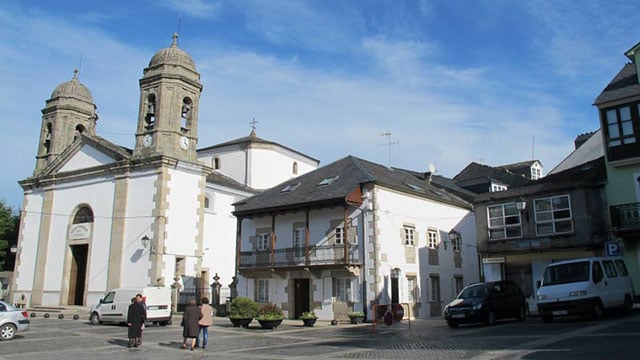
Summer: A Time of Vibrancy
Summer on the Camino de Santiago is marked by long days filled with sunshine and vibrant energy. This is the peak season to walk the Camino for many routes, as the warm weather draws pilgrims from around the world. The landscape is lush and full of life, making every step a visual delight. However, summer also brings higher temperatures and larger crowds, so planning your walk with these factors in mind is crucial.
June features warm and sunny weather, perfect for long walking days. The increasing number of pilgrims creates a bustling atmosphere by the end of the month. The longer days allow for extended walking hours. The Via Francigena from Canterbury to Rome showcases diverse landscapes.
The weather is hot in July, especially in the Meseta, with temperatures often soaring. This month is one of the busiest, with many pilgrims from around the world. It’s advisable to start walking early to avoid midday heat. The Camino Inglés is shorter and less exposed to intense heat.
August brings peak summer heat, making it challenging for walking. This is the peak season, very crowded with many holidaymakers. Early starts are recommended to avoid intense heat. The Camino Finisterre offers coastal breezes for a cooler experience.
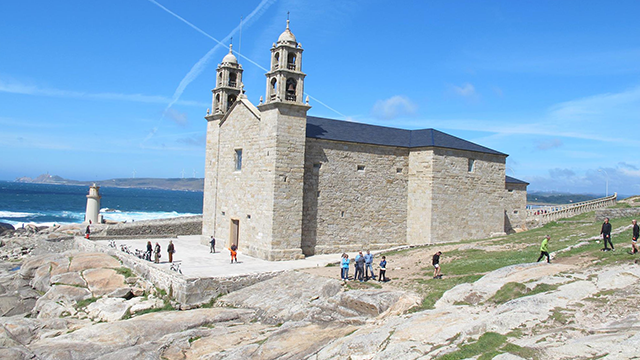
Autumn: A Season of Reflection
Autumn is a season of reflection and harvest, offering a more contemplative experience on the Camino de Santiago. As the summer crowds thin out, the trails become quieter, providing an opportunity for solitude and introspection. The weather cools down, and the landscape transforms into a tapestry of autumn colours, making for a picturesque journey.
September starts warm but gradually cools down, offering a mix of summer warmth and autumn freshness. The month begins busy but thins out towards the end. The harvest season brings vibrant activity in rural areas. The Camino Portugués Coastal from Porto to Santiago offers scenic rural paths.
October features cooler temperatures with increased chances of rain. There are fewer pilgrims, resulting in a quieter and more peaceful journey. Stunning autumn colours enhance the landscape. The Camino Francés offers a rich cultural experience amidst autumnal beauty. For more insights, check out this 5 Essential Tips For Walking The Camino in Autumn guide.
Winter: A Time of Solitude
Winter on the Camino de Santiago is for those seeking solitude and a deeply personal pilgrimage experience. The trails are quiet, and the cold weather adds an element of challenge. Walking in winter requires thorough preparation, but the serene landscapes and the sense of peace can make it a profoundly rewarding time to walk the Camino.
November brings cold weather, especially in the northern regions, with significant rainfall. There are very few pilgrims, creating a serene and introspective atmosphere. Shorter days and potentially challenging weather are common. The Via de la Plata offers a milder oceanic climate.
December features cold weather with possible snowfall, especially in higher altitudes. Very few pilgrims provide a uniquely quiet and peaceful experience. Limited daylight and services should be expected. The Camino Francés last 100km from Sarria to Santiago offers a tranquil and introspective journey.
January and February are the coldest months on the Camino, offering a stark and serene beauty. These months bring significant snowfall, particularly in higher altitudes, creating challenging walking conditions. Few pilgrims are on the trail, providing an unparalleled opportunity for solitude and reflection. However, the limited daylight and sparse services require meticulous planning and preparation. The Camino Francés, especially the last 100km from Sarria to Santiago, remains accessible and offers a tranquil, introspective journey during these winter months.
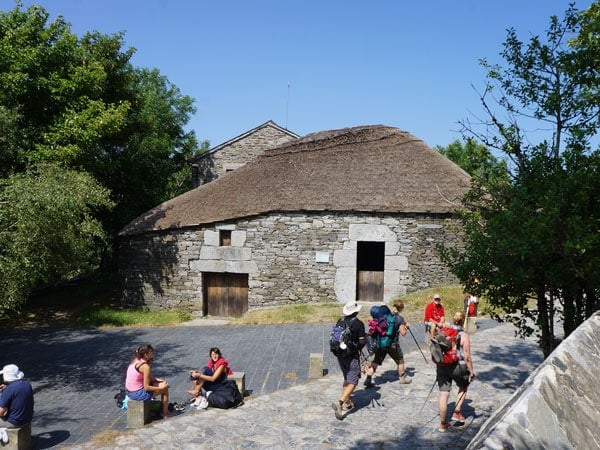
Tips for Choosing the Best Time
Be prepared for unpredictable weather by checking forecasts and packing accordingly. The best season to walk the Camino may depend on accommodation availability. The availability of hotels and accommodations on the Camino can fluctuate, particularly during off-peak months. It’s advisable to plan ahead and make reservations in advance to ensure you have a place to stay. Consider local festivals and events that might enhance your pilgrimage experience. Choose a route that matches your physical abilities and experience level.
General Tips
Northern routes like Camino del Norte have milder summer temperatures but can be wetter. Southern routes like Via de la Plata can be extremely hot in summer. Snow can block certain mountainous sections in winter and early spring.
The seasons to walk the Camino de Santiago depends on your preferences regarding weather, crowds, and the type of experience you seek. Late spring (May and June) and early autumn (September and October) are generally ideal for their balance of pleasant weather and moderate crowds. However, each season has its unique charm and challenges, making the Camino a versatile and year-round adventure.
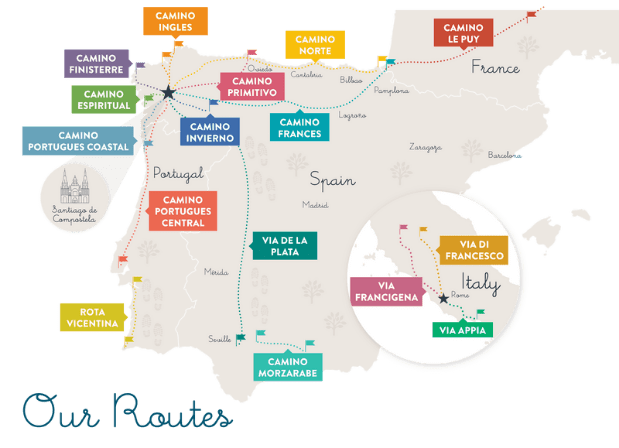
If you want help planning your Camino or have any questions, please don’t hesitate to contact us. If you already know when you want to travel and what Camino route you want to walk, you can customise your trip using our Camino Planner.
